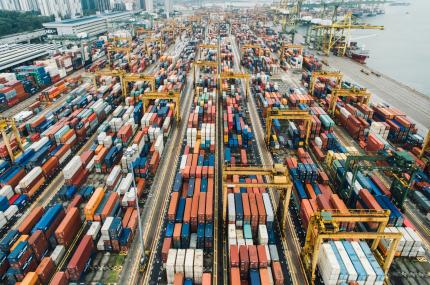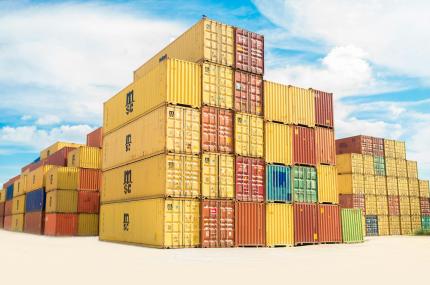Blog Detail

Five Key Challenges Facing Global Supply Chains Today and in the Future
Global supply chains are the backbone of international trade, facilitating the seamless movement of goods across borders. However, as the world becomes increasingly interconnected and dynamic, supply chains are encountering significant challenges that test their resilience and efficiency. From sourcing complexities to sustainability imperatives, these obstacles demand innovative solutions and strategic foresight. Here are five pressing challenges global supply chains face today and in the future.
1. Geopolitical Instability and Trade Disruptions
Geopolitical uncertainty continues to be a formidable disruptor for global supply chains. Trade wars, sanctions, and regional conflicts can upend established routes and sourcing strategies, leaving businesses scrambling to adapt. These disruptions are compounded by shifting trade agreements and the rise of protectionist policies. As a result, companies are being forced to reconsider their reliance on singular sourcing regions, diversify their supply bases, and explore nearshoring or friend-shoring options to reduce geopolitical risks. However, these shifts often require substantial time and investment, creating further complications in an already volatile environment.
2. Supply Chain Congestion and Infrastructure Challenges
Congestion at ports and logistics hubs continues to strain supply chains worldwide. This issue has been exacerbated by surging e-commerce demand and inconsistent recovery patterns in global trade. Bottlenecks at major ports, coupled with outdated infrastructure in many regions, result in significant delays and inefficiencies. While modernizing infrastructure and adopting smarter logistics solutions can help alleviate these pressures, the pace of change often lags behind the growing demands placed on global supply chains.
3. Global Sourcing Complexities
Global sourcing has long been a cornerstone of efficient supply chains, enabling businesses to leverage cost advantages and specialized expertise. However, the fragility of this model has been exposed by disruptions such as the COVID-19 pandemic and extreme weather events. Dependence on a limited number of suppliers or regions, such as Asia for manufacturing, creates vulnerabilities that can cascade throughout the supply chain when disruptions occur. Companies are now prioritizing supplier diversification, resilience planning, and investment in digital tools to map and mitigate risks associated with sourcing on a global scale.
4. Sustainability and the Push for Net Zero
Sustainability has become a non-negotiable priority for supply chains, driven by regulatory frameworks and consumer expectations. The commitment to achieving net-zero emissions and adhering to Environmental, Social, and Governance (ESG) standards presents both challenges and opportunities. Supply chains must transition to greener practices, such as adopting cleaner transportation methods, reducing waste, and implementing renewable energy solutions. While these initiatives are essential to align with global sustainability goals, they also require substantial investments and systemic changes. Moreover, companies must enhance transparency and accountability across their supply chains, leveraging technology to track and report progress toward ESG objectives.
5. Labor Shortages and Workforce Evolution
Labor shortages remain a persistent challenge across all segments of the supply chain. From warehouse operators to long-haul truck drivers, the industry is grappling with an aging workforce and difficulties in attracting new talent. These shortages are prompting companies to accelerate investments in automation and robotics to offset labor gaps. However, while technology can address some inefficiencies, the human element remains vital for strategic and operational decision-making, making workforce development an ongoing priority.
The Path Forward: Resilience and Innovation
The challenges facing global supply chains are complex and multifaceted, but they also present opportunities for reinvention. Companies must invest in resilience, leveraging advanced technologies like artificial intelligence and blockchain to enhance visibility and decision-making. Sustainability will be a key driver of competitive advantage, with businesses that successfully integrate ESG principles and net-zero goals gaining favor with consumers and stakeholders alike.
Ultimately, building resilient, sustainable, and efficient supply chains is no longer optional but imperative in navigating an ever-changing global landscape. By addressing these challenges proactively, organizations can not only safeguard their operations but also position themselves for growth in a more responsible and connected world.

